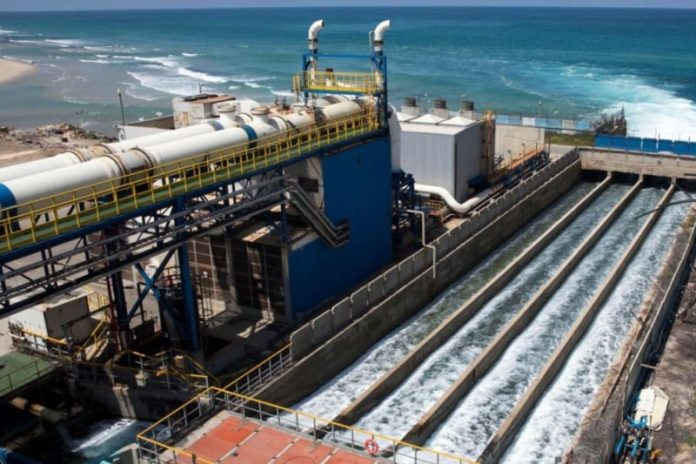As Morocco faces mounting water stress, the country is accelerating its shift toward sustainable solutions. One of the clearest signs of this transformation can be found on the Atlantic coast, in Jorf Lasfar. There, a massive seawater desalination plant—launched in 2023—now supplies drinking water to southern Casablanca and provides critical water resources for the nearby OCP industrial complex.
This facility is a cornerstone of Morocco’s broader national water strategy and aligns closely with OCP Group’s sustainable development goals. The approach is ambitious: secure water access by tapping into non-traditional sources, including desalinated seawater, recycled wastewater, and renewable energy. The plan is holistic, circular, and built to endure.
With an annual capacity of 200 million cubic meters, the Jorf Lasfar plant is now the largest desalination site in Morocco. Of that output, 60 million cubic meters are allocated to Casablanca and 30 million to El Jadida. The facility also guarantees water independence for the OCP complex with 65 million cubic meters set aside for industrial use. A newly operational 200-kilometer pipeline now carries desalinated water to Khouribga, supplying both the city and its mining operations.
What sets Jorf Lasfar apart isn’t just its scale, but the efficiency of its process. The plant uses reverse osmosis technology paired with energy recovery systems that cover up to 50% of its energy needs. Fully powered by renewables, it represents a long-term vision in action. By 2027, the country aims to triple its desalination capacity to reach 600 million cubic meters per year.
But Morocco’s water resilience strategy doesn’t end with desalination. The OCP Group is also investing heavily in wastewater treatment and reuse. Facilities are already active in eight cities, including Marrakech, Safi, and Fquih Ben Salah. The plant in Marrakech alone treats 12 million cubic meters of water annually.
This effort is supported by strong collaboration across sectors. Public institutions, local authorities, and OCP’s industrial branches work closely together, while partnerships with Mohammed VI Polytechnic University help drive innovation and research in water management technologies.
Casablanca is also preparing for a major leap forward. In June, work began on a new desalination plant in the Lamharza Essahel area. Designed as a public-private partnership, it’s set to become the largest in Africa and is part of the national 2020–2027 program for drinking water and irrigation.
Meanwhile, in the greater Casablanca-Settat region, the Regional Multiservice Company is rolling out an emergency plan to install around 30 compact desalination and demineralization units. Backed by 400 million dirhams in funding—partially from the government and the region—this initiative aims to bolster local resilience.
In a country where every drop of water matters, scarcity is no longer just a constraint—it’s a catalyst for innovation. Guided by a clear long-term strategy and backed by robust infrastructure and research, Morocco is turning technology into a vital tool for securing its water future and building a more sustainable model.





